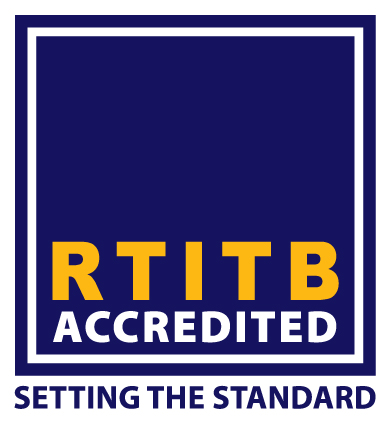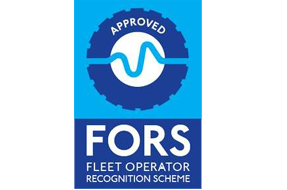Summer Driving Tips
Dated: 05 Jun, 2025

Summer is upon us! This will lead to different hazards when out on the roads to keep an eye on to ensure everybody’s safety.

Cyclists and Motorcyclists. These vulnerable road user groups will be venturing out more as the weather warms. Every motorist has to practice good vision techniques and stay focused on their driving to spot these vulnerable road users. Being aware of and respecting these vulnerable road users is an important part of safe motoring. Be extra careful when you see children cyclists as well, they may act unpredictably and may have only just learned to ride their bike – making them particularly prone to mistakes!


Children. The (hopefully) rising temperatures will see more children outside playing. Slow down and pay very careful attention in residential and school zones, especially where the speed limit is set at 20 mph. Schoolkids are easily distracted and don’t always pay much attention to traffic. Always be alert.


Pedestrians. Due to the rising temperatures and better weather, (fingers crossed) naturally more and more people will be outside. When you are driving you need to observe, anticipate and plan your actions based on your environment. People can be unpredictable and you need to be alert and ready for this.


Animals. As they come out of their long winter hibernation, they will be on the move as they forage for food. Being prepared for this can help prevent animal deaths and damage to your vehicle. Slow down in rural areas or where animal traffic is high. Also, due to the improved weather, expect to see more horse riders on the roads. Horses can be easily panicked and disturbed if you pass without due care, and this could lead to multiple dangerous scenarios for the Horse, the rider, yourself and nearby road users. As the Highway Code states, "when you see a horse on a road, you should slow down to a maximum of 10 mph. Be patient, do not sound your horn or rev your engine. When safe to do so, pass wide and slow, allowing at least 2 metres of space."



Pollen Count. Pollen and the ensuing hayfever can be overwhelming and frustrating for some people. Streaming eyes, sneezing and a permanently runny nose are not fun symptoms to experience when driving. Take care to keep up to date with your local pollen counts and medicate accordingly. Remember, some antihistamine medications can make you drowsy, so always check the packaging to make sure you are fine to drive whilst taking that medication. Even if it does not state that you cannot drive whilst taking it, only get behind the wheel if you feel fit to do so.
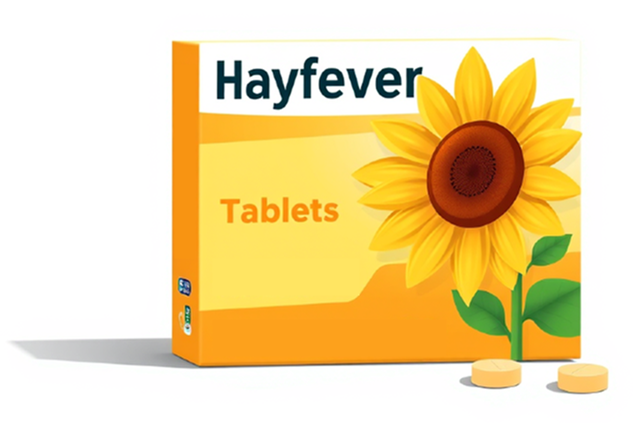

Rain. As we all know, the only predictable thing about the UK's weather - is that it is unpredictable. Rainfall in the summer can lead to many added hazards, such as increased stopping distances, less control, possible aquaplanning and reduced visibility (made worse by the increase sunlight, causing glare). Ensure your tyres are legal, that you double your separation distance in rainfall, and that your washers and wipers are in working order to keep your windscreen clean.
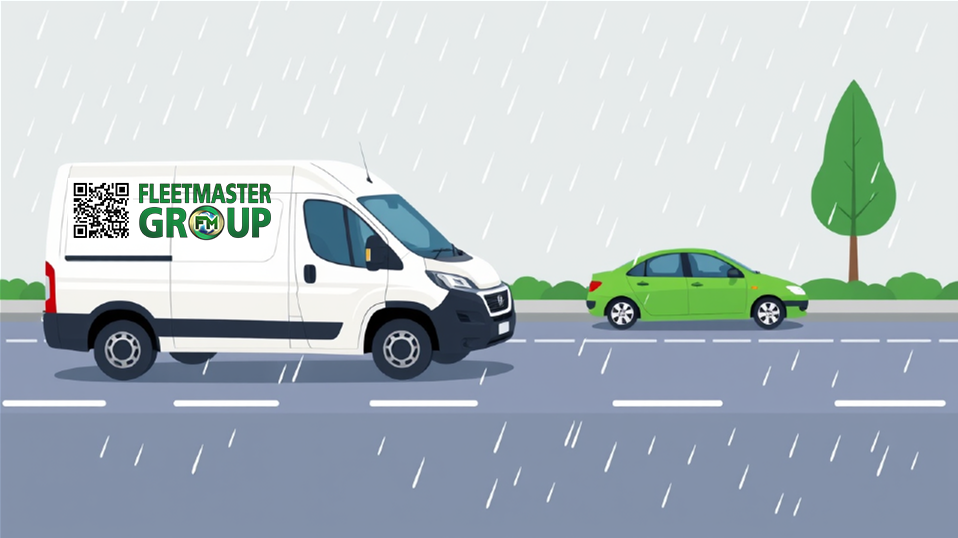

Sunlight. Although the sun may not be as low as it is during Winter, the times that the sun's light becomes a hazard fall more in line with typical commuting times. This can lead to difficulty seeing through your windscreen and can also affect the view in your mirrors. Always take care when your visibility is affected, particularly when manoeuvring and changing lanes, whilst your wing mirrors are affected by sunlight. Also, ensure your windscreen is clean and you have screen wash to ensure that any marks or smudges on your windscreen are removed before the sun shining on them reduces your visibility. Also take the time to clean your wing mirrors, any smudges or dried rain on them could make it hard to see what’s in the reflection, especially when the sun is shining onto them.
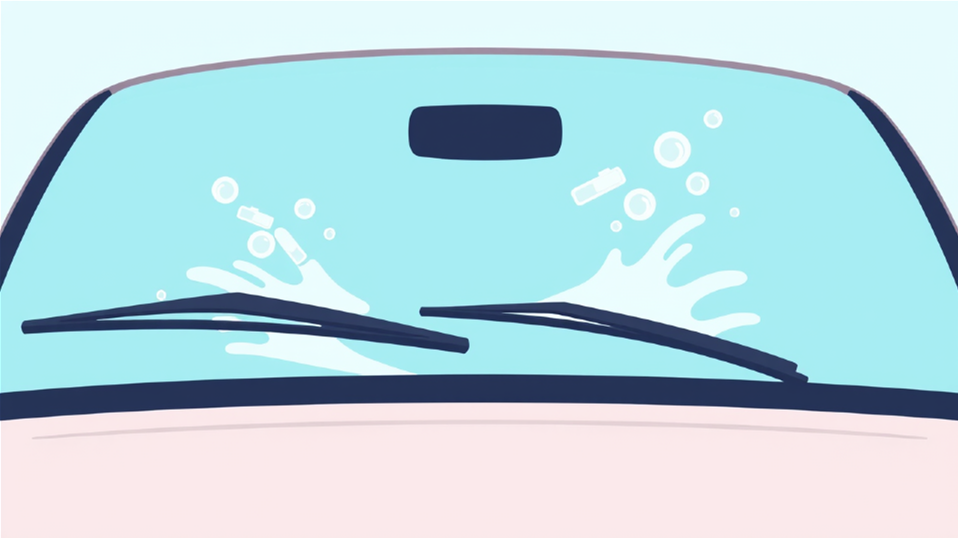


To keep yourself and others safe in Summer, make sure that:
- You keep your screen wash topped up.
- Your wipers are in working order.
- You remain alert for vulnerable road users.
- Your tyre pressures are inflated to the recommended level.
- Your tyre tread depths are at least to the legal limit (1.6mm).
- Increase your following distance in rainy weather.
- Keep your windscreen and mirrors clean.
- If you suffer from hayfever, medicate as required and make sure to read the packaging to see if you can drive whilst taking the medication.
- You observe, anticipate and plan. People can be unpredictable, so keep it steady, and take the time to read your surrounding environment.











